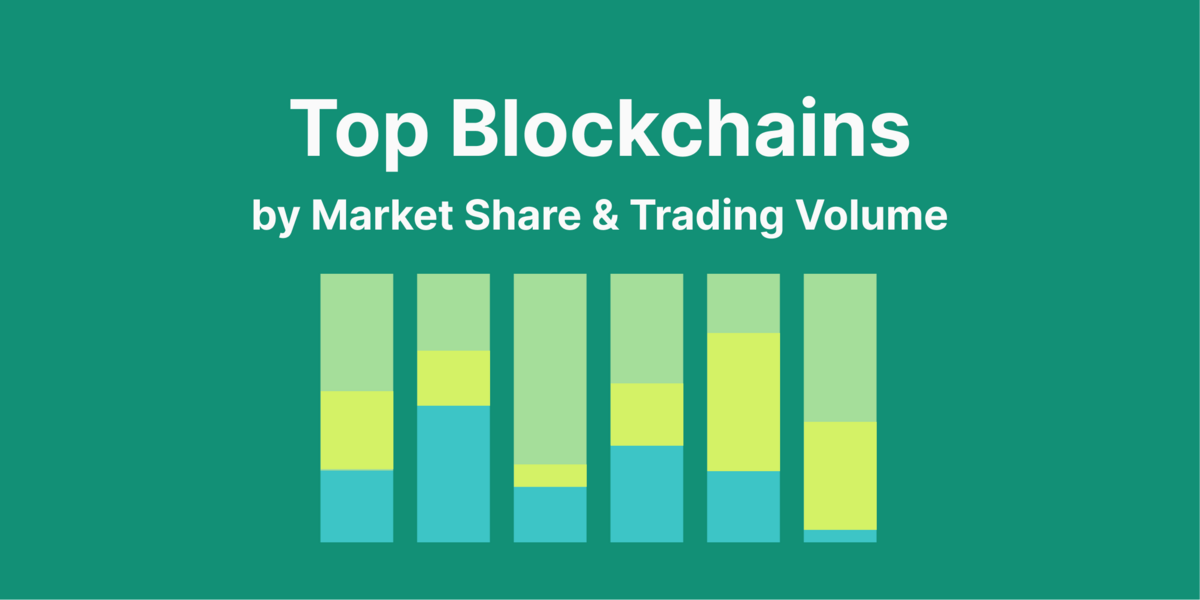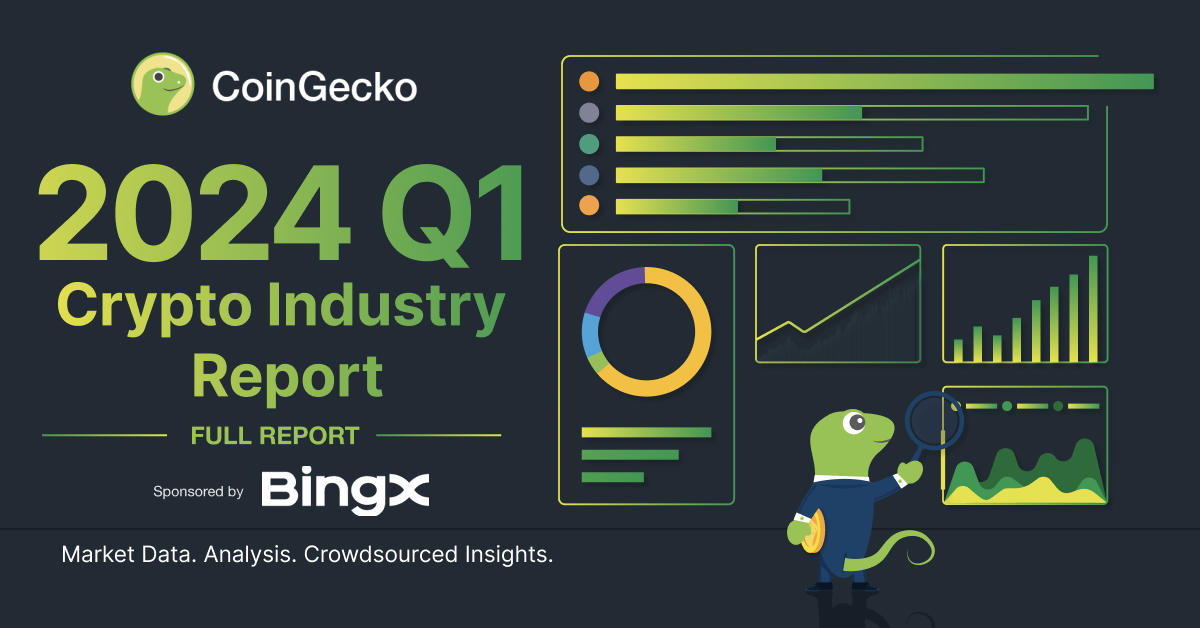Introduction
As DeFi continues to make waves and maintain its parabolic growth since the summer of 2020, yield farming remains a popular tool for generating returns from long-term holdings. For the uninitiated, yield farming is simply the act of staking your assets into a platform to earn yield, usually in the form of governance tokens or the staked asset. As new platforms are constantly introduced into the ecosystem at a steady rate, yield farmers are always on the lookout for the highest returns. In traditional terms, this is similar to depositing funds into whichever bank that offers the highest interest rate, albeit with much more astronomical figures.
With the Ethereum network getting congested lately, gas fees have increased significantly, even for simple transactions. The increase in gas fees has squeezed out many users from using the Ethereum blockchain as it is no longer economically feasible. DeFi activity on Ethereum is now mainly left to larger whales, who have hundreds of thousands of dollars at their disposal and can easily cover their transaction costs, in little to no time.
Although one of the key points of yield farming, barring the extravagant incentives, has been to ensure a fair distribution of rewards, the barriers of entry have simply become financially unreasonable for those with lesser capital.
This conundrum has kick-started a wave of yield-farming movements on alternative networks such as Binance Smart Chain (BSC), where transactions can cost anywhere from a few cents to a couple of dollars. While whales can still migrate over to BSC and earn their yield, the lower transaction costs have made it economically feasible for newcomers and developers to participate.
How To Get Started
There are several alternatives for depositing your funds onto the Binance Smart Chain. Here, we will outline 2 of the most popular ways:
-
Withdrawing funds from Binance to Binance Smart Chain
-
Transferring funds using the Binance Bridge
1. Withdrawing funds from Binance to BSC
Binance users can withdraw their funds from Binance directly to their BSC Wallet. Do make sure that the funds are indeed compatible and available on BSC, and that you have selected the correct network to withdraw the funds to.
Note the difference in fees between the different networks. Withdrawals through BSC cost only around 20 cents, compared to the Bitcoin and Ethereum networks which cost approximately $25 and $15 respectively.

Much like Ethereum addresses, BSC addresses start with ‘0x’ and you can connect your Metamask wallet to BSC directly. If you are a first-time user of BSC, you may need to create a custom RPC. Below are the details to connect to BSC:
Network Name: Smart Chain
New RPC URL: https://bsc-dataseed.binance.org/
Chain ID: 56
Symbol: BNB
Block Explorer: https://bscscan.com
2. Transferring funds using the Binance Bridge
Alternatively, you can use the Binance Bridge to transfer funds from the Ethereum, TRX, or Binance Smart Chain Network. Note that only certain assets are supported for each network and there is a daily limit to how much you can send over to BSC.

For both methods, it is important to note that the Binance Smart Chain is not gas-free. Much like Ether is used for paying transaction fees on Ethereum, BSC uses Binance Coin (BNB) as its native token for gas fees. As such, do also transfer some BNB to your BSC wallet before you embark on your yield-farming adventures.
Yield Farms
Now that you have loaded up your wallet with some assets and BNB, you are ready to explore the world of DeFi on BSC. Drawing parallels to the DeFi summer of 2020, many unique and cloned yield-farming platforms have mushroomed in the ecosystem, creating a constant stream of opportunities for the avid yield farmer.
With so many projects to keep track of, we have divided them into a few categories - decentralized exchanges, yield aggregators, and NFTs. Do note that this is not an exhaustive list, but they are a good place to start for newcomers coming into the BSC ecosystem.
Lending Platforms
Similar to lending and borrowing in a traditional financial institution, lending platforms are among the simplest ways to start yield farming. Venus Protocol is currently the top lending platform on BSC, with over $3 billion in Total Value Locked (TVL). Operating in a similar vein to Maker on the Ethereum network, users can take out loans by providing over-collateralized assets. These loans can be in the form of other assets, or the platform’s stablecoin, Vai.
Returns on deposits may vary based on the supply and demand for borrowing. In general, higher demand for borrowing or lower supply for lending will push interest rates higher, allowing depositors to earn a higher APY.
Users of the protocol may act as lenders by depositing various supported cryptocurrencies or digital assets to earn interest. These deposits act as a supply for which they can be used as collateral for loans or to mint synthetic stablecoins.
Suppliers will receive different vTokens based on the deposited assets, representing their claim on the underlying collateral. Although this is one of the safer ways to yield farm, the returns are relatively lower, and smart contract failure risks are still prevalent.

Decentralized Exchanges
Arguably one of the most popular places for yield farming, decentralized exchanges (DEXs) allow users to provide liquidity for the platform in exchange for liquidity provider (LP) tokens. These LP tokens can then be further staked into many different pools to earn both transaction fees and additional tokens.

Functioning similarly to Uniswap and Sushiswap on Ethereum, PancakeSwap is currently the most used DEX on BSC, recording over $970,000,000 in daily trading volume as of 5th March 2021. However, they have also incorporated some innovative features such as lotteries and initial farm offerings (IFOs). With so many farms to choose from, almost any liquidity provider can start staking their LP tokens on the platform to earn CAKE, which is PancakeSwap’s governance token.
Users pay a trading fee of 0.2% to swap tokens on PancakeSwap. 0.17% of the fees are given to Liquidity Providers, while the remainder 0.03% are sent to the PancakeSwap treasury.
Besides the existing farms, PancakeSwap also provides single-asset Syrup Pools, allowing farmers to deposit an asset of their choice to earn CAKE or new tokens from up-and-coming projects on BSC. Essentially, Syrup Pools act as a platform for obscure projects to gain more awareness and adoption from the community. If impermanent loss is a real concern and you want to show your support for the little guys, Syrup Pools may be more suitable for you.
An alternative DEX to consider is BakerySwap, where you can earn BAKE tokens instead. Besides the conventional yield-farming methods, users can also earn more BAKE by creating and staking Combo Meals, a form of NFT that can be divided into four tiers. This is done by contributing BAKE tokens, where the more BAKE that is contributed, the higher the combo that will be received. They can also be bought and sold at the NFT supermarket on BakerySwap.
After the success of PancakeSwap, many decentralized exchanges have mushroomed into the space, with some of them bringing along an interesting ‘buyback and burn’ mechanic. One of the first projects to implement this mechanism on BSC is Goose Finance. A common characteristic of these farms is the deposit fees that they charge on non-native token pairs. For example, there is a 0% deposit fee on EGG pairs, which is Goose Finance’s reward token, while on other asset pairs, there is a 4% deposit fee. The deposit fees are used to buy back the reward token and subsequently burn them.

This mechanism has proven to be quite popular, spawning clones such as Pasta Finance. However, these protocols have specific variations in their deposit fees and buyback policies. For example, Goose Finance uses 4% of the deposit fees to buy back and burn, while Pasta Finance charges only half the deposit fee, at only 2%.
Recently, Goose Finance has also introduced a new concept of layered farming. Layered farming is a perpetual farming tool that allows yield farmers to enjoy a constant stream of high-APY rewards. In essence, the idea is similar to jumping from site to site to chase the highest yields, but instead, these ‘sites’ are hosted on Goose Finance.
Yield Aggregators
While Ethereum has Yearn and Pickle, BSC has Autofarm and ACryptoS. Users can deposit their assets or LP tokens into these platforms to earn the protocol’s tokens or even more LP tokens. These platforms pool together liquidity to engage in automated yield optimization strategies, helping users to socialize gas costs while earning the best returns.

For example, Autofarm provides yield by continuously compounding the underlying deposits via the emission of AUTO tokens. On the other hand, ACryptoS only compounds the underlying deposits automatically, therefore not requiring any harvesting.
Besides that, there are other notable yield farms such as Beefy.Finance and Pancake Bunny, all of which charge varying platform and withdrawal fees. Although this is no different than using yield aggregators on Ethereum, the lower transaction fees make it more appealing to small capital investors, who may take a long time just to break even on paying Ethereum gas fees.
Non-Fungible Tokens (NFTs)
If regular old-fashioned yield farming doesn’t tickle your fancy, then maybe a splash of NFTs might just do the trick. Dego Finance lets users stake NFTs to farm for assets. Users can use any DEGO or BEP-20 tokens to mint an NFT, which is randomly generated and can be categorized into six distinct grades: bronze, silver, gold, platinum, diamond, and kryptonite.
Each NFT has its own productivity level, which determines its mining efficiency. Higher grades of NFTs will have higher mining efficiency, with kryptonite being the highest. Both the par value of the NFT, which is based on the value of tokens used for minting, as well as the mining efficiency will determine the mining power of the NFT. In other words, its ability to generate yield.

In a nutshell, higher mining power equals higher yield. However, you can’t just stake every rare NFT that you can get your hands on since the value of the staked NFT in any of the pools is capped at 200 DEGO for each address.
Final Thoughts
The Binance Smart Chain is still very much an untamed wilderness, full of new projects to explore and interact with. It has become reminiscent of DeFi summer on Ethereum, where a new yield farm would pop up every day, and everyone would constantly be on the lookout for the latest and juiciest yields. The main difference now is that almost everybody gets to take part in the action, with transaction fees becoming less of a concern to retail farmers and newcomers alike.
Yet, danger still lurks in the BSC jungle. Not every project is as safe as it seems, and it always pays to verify instead of having complete faith. With that in mind, stay safe and happy farming!

Win Win is an avid gamer, interested in navigating the vast world of NFTs and the cryptoverse. Entering the crypto space in 2020, Win Win focuses particularly on DeFi and GameFi, looking out for the latest developments and projects in the space. The author has lived through the meteoric rise of DeFi as well as the collapse of Terra and FTX. Follow the author on Twitter @0x5uff3r





 Or check it out in the app stores
Or check it out in the app stores
